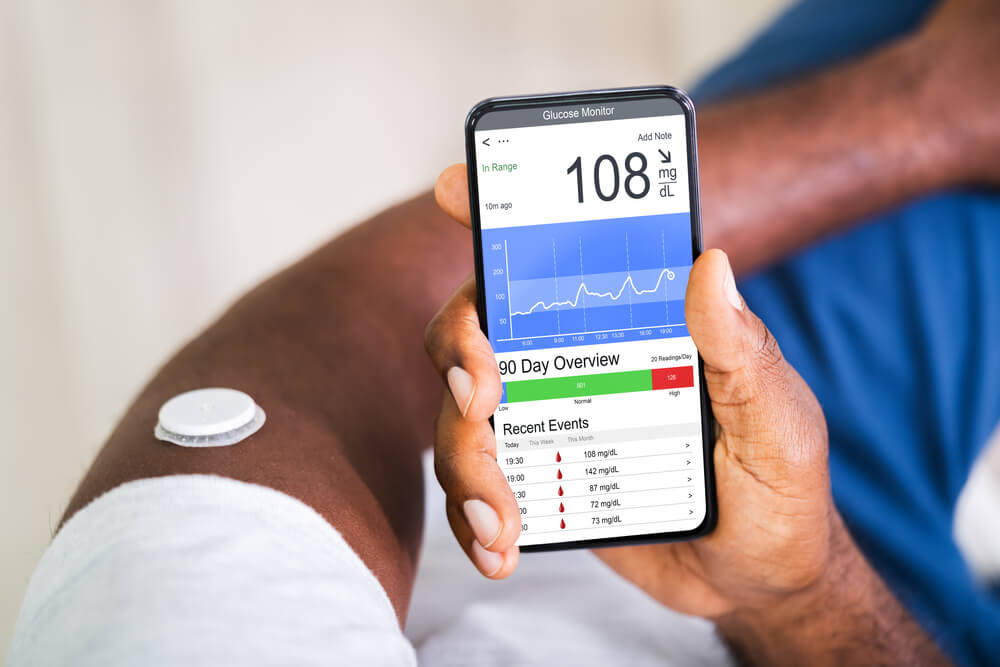There’s nothing more frustrating than rendering service and not being paid. Here are a few tips to help you properly conduct and document telehealth services.
Telehealth is the new normal of the American healthcare industry, especially in the wake of the novel coronavirus pandemic. But, there’s nothing more frustrating than rendering service and not being paid. Unfortunately, nuanced coding rules are hard to comprehend, and physicians are not trained enough on this aspect in their medical schools.
The catch, then, is to be mindful of all the relevant codes and modifiers to document telehealth services. Here are a few tips to help you properly conduct and document telehealth services:
Telehealth Services

Providers are adopting telehealth at an unprecedented pace, especially during the COVID-19 pandemic. Currently, Medicare covers more than 200 services via telehealth. Many of these have been added for temporary coverage during the pandemic period. The following are a few tips for coding telehealth services:
- Pay attention to audio-only vs. audio-visual requirements. Be mindful that Medicare requires the use of audio-visual technology for certain telehealth services and allows audio-only for others.
- Don’t conduct Medicare’s Initial Preventive Physical Exam via telehealth. Medicare doesn’t allow for it.
- Document verbal consent for telehealth.
- Make sure to use place of service (POS) code 11 and modifier -95 when billing Medicare. Commercial payers may require a different POS code.
Telephone Services

Telephonic services have witnessed a surge during the pandemic as a result of the social distancing directive. They have evolved as a plausible way to improve access to care and prevent the spread of COVID-19. Telephone services are ideal for straightforward problems, such as asymptomatic cough, skin rash, flu, etc. Such issues only require a minimum of five minutes of discussion and can quickly be done over a phone call. The providers should, then, carefully consider codes that Medicare accepts during the PHE.
For telephone services, it is advised that the providers:
- Document verbal consent, patient acknowledgment, and any copayment amounts due.
- Only count the time that is spent in medical discussion, preferably under five minutes.
- Document all that was discussed, medication prescribed, referrals to specialists, etc.
- Don’t report the codes when the telephone service ends with a decision to see the patient in person.
- Only provide 99441-99443 and 98966-98968 for established patients. During the PHE, Medicare permits providers to bill G2012 for new and established patients.
Remote Patient Monitoring

Medicare covers RPM for patients with one or more acute or chronic conditions. Commercial payer coverage may vary, though. The physicians are allowed to initiate RPM on new and established patients during the COVID-19 pandemic. However, under normal circumstances, Medicare only permits RPM for established patients. The most commonly treated medical concerns through RPM include monitoring a patient’s pulse oximetry, blood glucose levels, blood pressure, weight, and respiratory flow rate. Several wearable devices and mobile health applications help physicians remotely monitoring the patients.
Coding Tips for RPM include:
- Document patient consent to ensure the patient has opted in for these services.
- Document the total time spent rendering these services.
- Be mindful of the appropriate codes. It’s not clear whether or not Medicare reimburses for monitoring data derived from wearable fitness devices.
- Only bill 99457 when the providers conduct at least 20 minutes of live, interactive communication with the patient.

Join the Discussion!